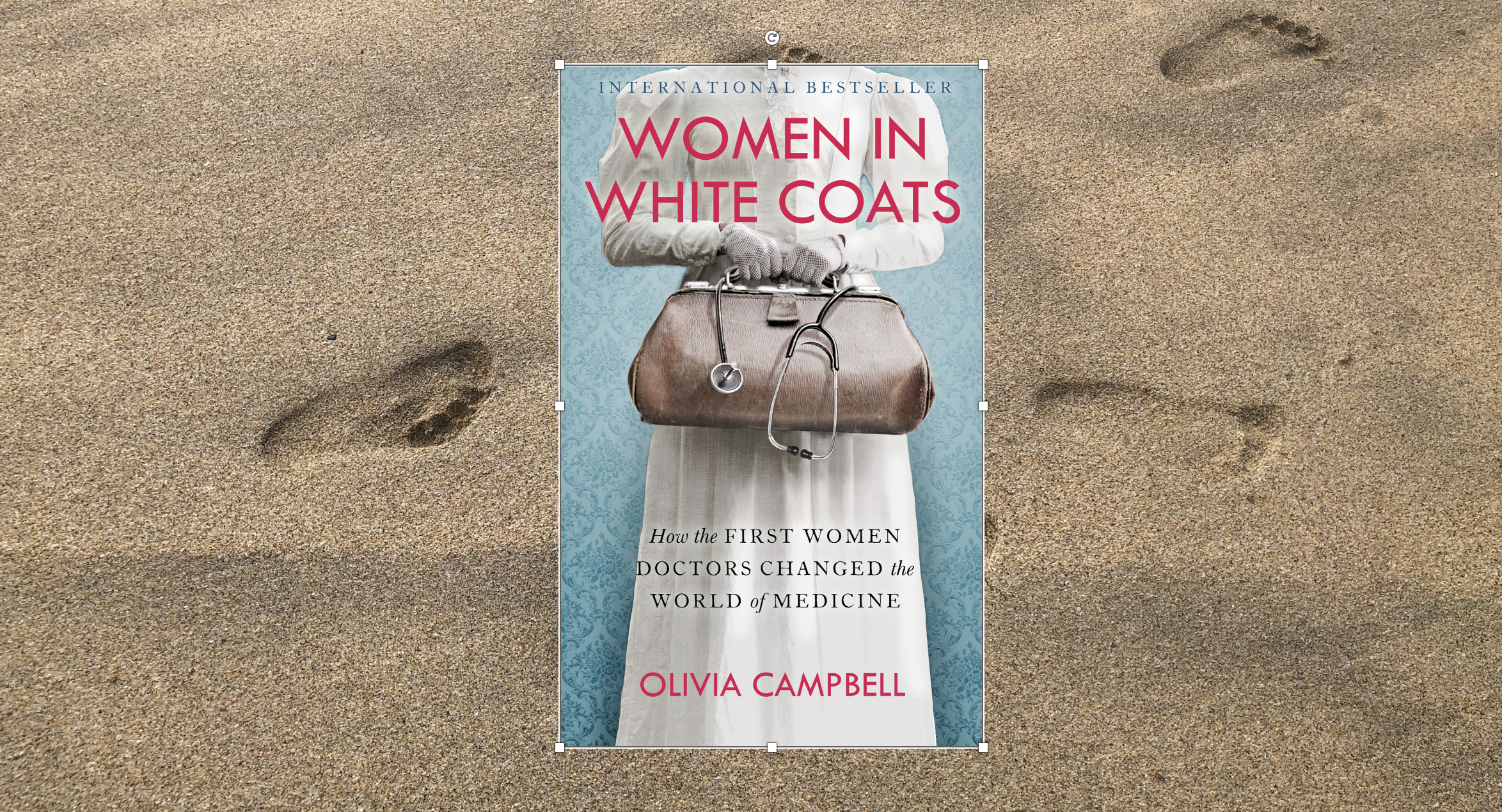
While various definitions of health have been offered over recent centuries, the search for an enduring and complete definition has proven frustratingly elusive. One of the most recent and promising definitions – the functional model of health – still has significant problems. I suggest two revisions in an attempt to improve it.
Definitions of health
Many authors have found the World Health Organization’s (WHO) authoritative definition of health (featured in its Constitution and adopted by the International Health Conference in New York in 1946)1 to be flawed and unworthy of usage.2 Its claim that ‘Health is a state of complete physical, mental and social well-being and not merely the absence of disease or infirmity’1 is considered to be an inherently totalising definition which produces a strict, and ultimately false, dichotomy. Since no member of our species to-date ever has, nor most likely ever will, achieve an entirely perfect and utterly untarnished array of physical, mental and social well-being attributes, the WHO definition, towards which the global health agency remains “firmly committed” even today,3 sets a wholly unachievable and inherently utopian standard. The resulting dichotomy – ‘health’ that consists of unalloyed wellbeing, and ‘ill-health that consists of anything less – not only condemns even those at the peak of human vigour to the category of ill-health, but renders them eligible for corrective medical intervention. As such, the WHO’s assurance in the attainability of such a glorious condition is prohibitively idealistic, ‘touching, but not credible’4 and, ultimately, unable to provide any meaningful utility.
…the WHO’s assurance in the attainability of such a glorious condition is prohibitively idealistic, ‘touching, but not credible’…
Alternative conceptualisations of health have subsequently been offered that attempt to navigate away from the WHO’s unworkable dichotomy. Contemporary Western medical education, and therefore the workforce of physicians it cultivates for practice, largely espouses the naturalistic or biomedical model of health.5,6 According to this view, health is to be seen in reference to a state of normality, and the attainment of biomedical norms through the absence or rectification of physiological abnormalities is the exclusive strategy by which health may be achieved. However, this conceptualisation ignores the broad, diverse and interconnecting needs of individual humans that constitute their health, and focuses exclusively on norm-references at the expense of all other dimensions including the social, psychological, spiritual and existential. More recently, the Aristotelian concept of human flourishing has been developed by David Misselbrook into the functional model of health, which regards health as ‘unimpaired flourishing, or as ‘the strength to be’ – to be free of obstacles, or to be able to surmount obstacles, to my dynamic life plan.’4 In this view, ‘health can be seen as the ability to flourish without being unduly impeded by illness or disability or, if necessary, by overcoming illness or disability.’4 However, while this functional model, which commendably recognises the diversity of needs and multidimensional realities of individual humans, is a promising and undeniable improvement on the WHO’s unattainable definition, and a clear enhancement of the fatally restricted biomedical model, it appears to fall foul of a familiar limitation.
A problem with the functional model
In conceptualising health as ‘unimpaired flourishing,’ and in opting to regard it as ‘the ability to flourish,’ the functional model considers health to be a single destination, a locale to be arrived at, and a distinct status to inhabit. ‘Unimpaired flourishing’ is a totalising condition, and ‘the ability to flourish’ is an all-or-nothing state. An individual is either flourishing without impairment or they are not; they are adorned with the ability to flourish or they lack it entirely. Since no individual in the history of humanity has been blessed with the unencumbered capacity for uninterrupted flourishing, this definition therefore condemns all people to the ill-health categorization, and generates echoes of the WHO definition that unhelpfully did the same. Accordingly, this definition of health risks swapping one false dichotomy – that of the WHO in its 1946 conceptualisation – with another. While the functional model ‘shifts its focus explicitly to optimal function rather than optimal form or physiology,’4 ‘optimal’ is nevertheless a superlative that permits no form of functioning short of what is maximally possible. Since even the lives that are considered to be most flourishing will inevitably feature various unsurmountable obstacles, this conceptualisation of health risks pathologizing all those who are unable to flourish unfalteringly and without interruption. Since this incorporates the entirety of the species, it regards every individual as unhealthy and, in a similar manner to the WHO definition, considers them in need of restorative medical intervention.
An alternative vision of what it means to flourish
I suggest, two revisions that pertain to the concept of flourishing in an attempt to improve the use of the term in the functional model. Firstly, a more workable view of flourishing might be to consider the condition as a scale across which an individual can navigate. In this configuration, rather than a flourishing/non-flourishing dichotomy, there is a flourishing/non-flourishing distinction with a spectrum of over-lapping conditions and intermediate states between them. On this scale, an individual may have zero flourishing (meaning they are dead), or even negative flourishing (meaning they consider their life to be not worth living), and may navigate through increasing degrees of flourishing to ultimately arrive at a condition of perfect flourishing. Crucially, while perfect health is tantamount to perfect flourishing, a lesser degree of health, and therefore a lesser degree of flourishing, is likely to be sufficient for an individual to feel deeply satisfied and entirely content with the trajectory and content of their life. Indeed, it seems that recognising oneself as making progress towards a pre-determined goal is a technical requirement for the experience of position emotion,7 suggesting that intentional upward striving is a necessary ingredient for a flourishing life. This necessity implies that perfect flourishing itself is inherently impossible to achieve, since to achieve it would be to deny oneself the opportunity for further intentional upward striving (since no higher goals remain outstanding in one’s life), meaning no positive emotion could be experienced – a state deeply incongruent with any reasonable conception of flourishing. In this view, flourishing/non-flourishing is seen as a distinction, rather than a dichotomy, which sits upon a scale over which an individual can navigate. Critically, this scale features no top-down, pre-determined or externally-decided threshold beyond which non-flourishing states transform into flourishing ones. Instead, this threshold is exclusively determined by the individual to which it applies, and marks the point at which the individual considers themself to be sufficiently flourishing rather than perfectly, completely and uninterruptedly doing so.
The second suggested revision is that flourishing should be recognised to constitute a variety of elements that may each be more or less important to each individual’s ability to flourish. The flourishing/non-flourishing scale previously described is therefore insufficient, as it erroneously condenses a complicated tapestry unique to each individual to a simple bipolar spectrum that can be compared between people. Flourishing is composed of multiple elements such as physical wellbeing, psychological wellbeing, a sense of meaning, spirituality, creativity, virtue, community participation, and civic duty.
Flourishing is composed of multiple elements such as physical wellbeing, psychological wellbeing, a sense of meaning, spirituality, creativity, virtue, community participation, and civic duty.
What amounts to flourishing is a unique constellation of these elements that is uniquely determined by the individual in question. What flourishing looks like – even flourishing that is sufficient but not complete – may differ enormously from person to person. While one individual may require a high degree of religious participation to feel flourishing in their life, for example, another may have no requirement for this element whatsoever, yet need a deep sense of connectedness with nature and the environment. As such, rather than a two-dimensional linear bipolar scale of flourishing, a more appropriate view might be a three-dimensional landscape of various peaks and valleys – each landscape unique to the individual it refers to – across which the individual is able to navigate. Each peak represents a different element of flourishing – physical wellbeing, creativity, community participation, etc – which tower to varying heights according to the extent to which they are in place in an individual’s life. The key feature of this landscape is the cloud level. Those peaks that soar above it represent elements of flourishing that the individual is satisfied with, while valleys below the cloud level are important to the individual but are currently not being sufficiently actualised (elements that are not important to the individual appear above the cloud line, but barely so). Across such a landscape, an individual is flourishing sufficiently if all of its landmass is located above the cloud level – imagine a multi-peak vista atop a dizzyingly tall mountain range. Simultaneously, one individual can be flourishing more so than another if the peaks of the former’s landscape rise higher than those of the latter’s (yet both are flourishing sufficiently since both their landmasses stand above the cloud line). This view allows for an infinite number of distinct and unique landscapes that each constitute flourishing, while honouring the necessity for the relevant individual’s preferences to centrally define what flourishing should amount to for them. This allows for flourishing to be unique to, and uniquely be determined by, the individual, and thereby differs enormously from the biomedical model of health, which is a doctor-centred paradigm that considers all individuals as equal by subjecting them to standardised reference norms (even sex- or age-adjusted references regard all individuals of the same sex or age as equal to one another). In addition, this multi-peak landscape also guards against the potential for definitions of flourishing to collapse into a naïve preference satisfaction utilitarianism that defies any reasonable definition of flourishing (for example, having a tenth pint, or another shot of heroin, because that is how one prefers to live their life at that moment), as by satisfying such preferences one inevitably lowers the height of other peaks on the landscape (such as meaningful relationships and civic participation), potentially even below the cloud line, such that one is no longer flourishing sufficiently.
A suggested revision to the functional model
By addressing two particular features of the use of the term flourishing – switching the flourishing/non-flourishing dichotomy with the concept of flourishing sufficiently, and replacing the bipolar linear spectrum with a multi-peak landscape unique to the individual – the definition of health as provided by the functional model might be improved. As such, the function model of health might now be updated to:
“Health can be seen as the ability to flourish sufficiently – in a manner that is unique to and uniquely determined by the individual – without being unduly impeded by illness or disability or, if necessary, by overcoming illness or disability.”
With these revisions in place, a more workable definition of health may be put to use, such as in answering the growingly important questions of what ought to be the goal of healthcare, what is the role of the doctor, and even how ought society be organised?
References
- World Health Organization. Constitution of the World Health Organization. 1946. https://apps.who.int/gb/bd/PDF/bd47/EN/constitution-en.pdf?ua=1[accessed 10 November 2022]
- M Huber, JA Knottnerus, L Green, et al. How should we define health? British Medical Journal 2011; 343: d4163 DOI: 10.1136/bmj.d4163
- World Health Organization. Constitution. https://www.who.int/about/governance/constitution [accessed 10 November 2022]
- D Misselbrook. Aristotle, Hume and the goals of medicine. Journal of Evaluation in Clinical Practice 2016; 22: 544-549. DOI: 10.1111/jep.12371
- C Boorse. Health as a theoretical concept. Philosophy of Science 1977; 44(4): 542–573. DOI: 10.1086/288768
- C Boorse. A rebuttal on health. In What is a Disease? 1977; eds JM Humber and RF Almeder. Totowa, NJ: Humana Press.
- JB Peterson. 12 Rules for Life: An Antidote to Chaos. Allen Lane 2018








